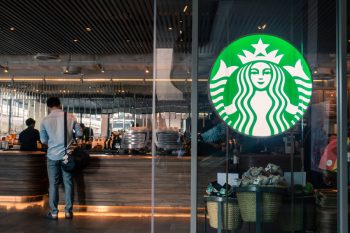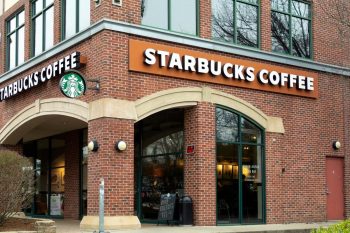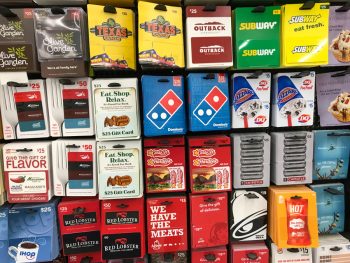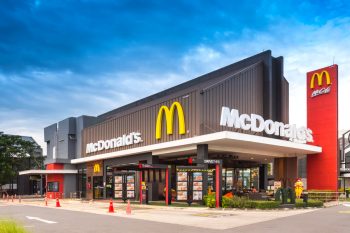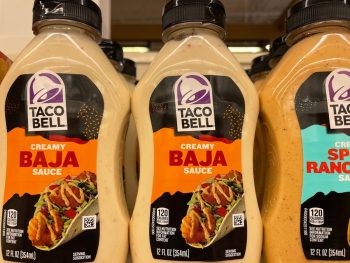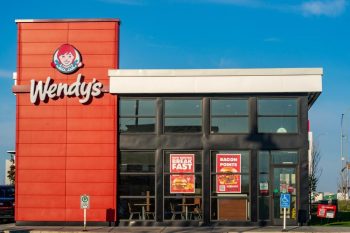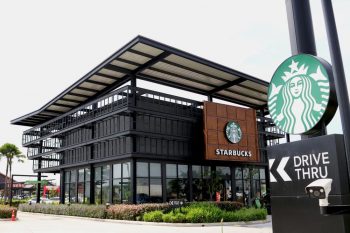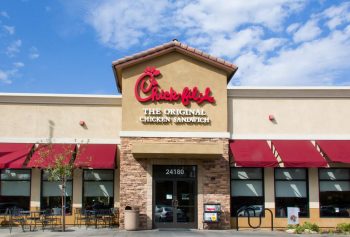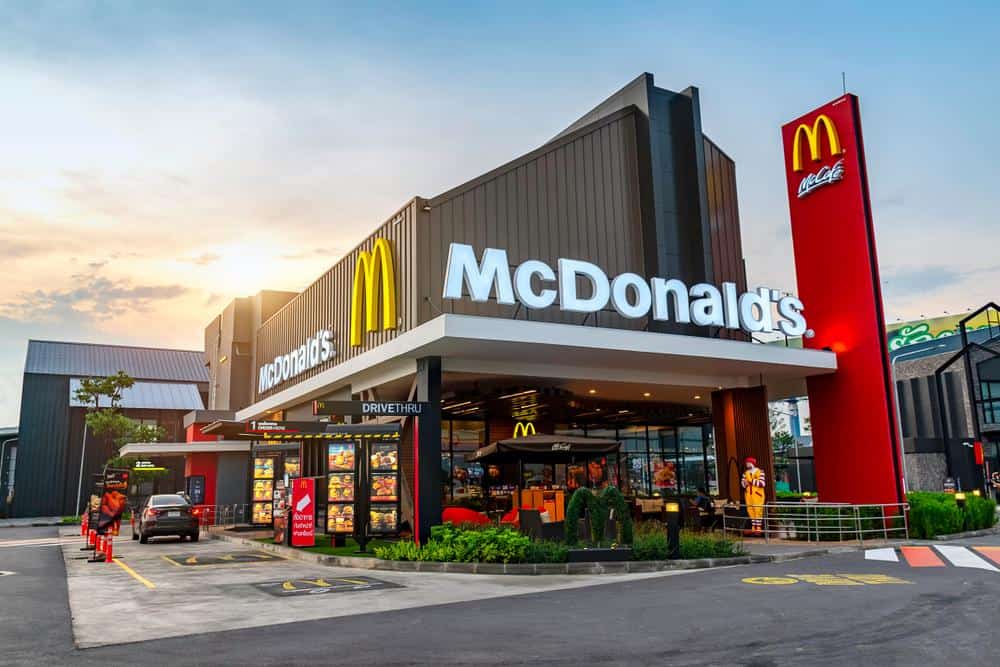
McDonald’s Corporation is a well-known name in the fast food industry, with a presence in over 100 countries worldwide. But what exactly is McDonald’s, and how has it grown to become such a global phenomenon? In this comprehensive guide, we will delve deep into the history, operations, and impact of this iconic brand.
McDonald’s Corporation is a global fast food chain, founded by Richard and Maurice McDonald in 1940, and expanded by Ray Kroc from 1955. The company operates on a franchise model, with over 90% of its restaurants owned and operated by independent franchisees. McDonald’s is known for its variety of food and beverage products, including its signature hamburgers and World Famous Fries. The company has a significant impact on the global food industry, with a presence in over 100 countries, and continues to innovate and expand.
The Origins of McDonald’s
The story of McDonald’s begins in 1940, when brothers Richard and Maurice McDonald opened their first restaurant in San Bernardino, California. Initially a drive-in with a large menu and car hop service, the McDonald brothers soon realized the potential of a more streamlined operation. They revamped their business model, focusing on providing large quantities of food at low prices, which laid the foundation for modern fast food.
In 1955, Ray Kroc, a traveling salesman, discovered the McDonald brothers’ restaurant and was impressed by their efficient operation. Kroc saw the potential for expansion and pitched his vision of creating McDonald’s restaurants across the USA. He opened the first McDonald’s franchise east of the Mississippi River in Des Plaines, Illinois, and later established McDonald’s Systems, Inc., which eventually became McDonald’s Corporation.
Key Figures and Development
Ray Kroc played a pivotal role in the development and growth of McDonald’s. After buying out the McDonald brothers in 1961 for $2.7 million, Kroc focused on expanding the franchise network and standardizing operations. He introduced Hamburger University in 1961 to train franchisees and ensure the standardized operation of the outlets. Under Kroc’s leadership, the number of McDonald’s outlets grew to over 1,000 in less than ten years.
The McDonald’s Offering
McDonald’s offers a variety of food and beverage products. From its signature hamburgers and sandwiches to chicken and fish, salads, snacks, desserts, and breakfast items, the menu caters to a wide range of tastes. Some of the most popular items on their menu include the Big Mac, Quarter Pounder with Cheese, Chicken McNuggets, and World Famous Fries. Beyond food, McDonald’s also provides services such as Wi-Fi, PlayPlaces, Arch Card, McDelivery, and a mobile app for ordering and rewards.
Evolution and Innovation
Over the years, McDonald’s has continually evolved and innovated to meet customer needs and market trends. The introduction of the drive-thru service in 1976 revolutionized the industry, and the company’s global expansion, starting with Canada and Puerto Rico in 1967, marked a new era for fast food. The company has also embraced digital technology, developing a mobile application, implementing AI-driven ordering systems, and introducing self-order kiosks to enhance customer experience.
Business Model and Operations
McDonald’s operates primarily on a franchise model, with over 90% of its restaurants owned and operated by independent franchisees. This structure allows the company to grow without substantial capital expenditure while benefiting from the local knowledge and entrepreneurial spirit of its franchisees. The company also focuses on operational efficiency and adaptability, investing in restaurant modernization and technological upgrades to enhance customer experience.
Impact on the Global Food Industry
McDonald’s has made significant contributions to the global food industry. Its extensive supply chain spans multiple countries and industries, and it has made efforts to improve environmental practices, promote sustainable sourcing, and reduce the use of virgin fossil fuel-based plastics. As the company expands globally, it has adapted to local cultures and tastes, refining its globalization processes and strategies to integrate into local dining customs.
Future Plans and Strategies
McDonald’s plans for future growth and expansion include opening 1,900 new locations in 2023 alone as part of its Accelerating the Arches 2.0 growth plan. The company aims to improve marketing, focus on core products, invest in delivery, digital, drive-thru, and restaurant development, and expand internationally. McDonald’s is also exploring the use of artificial intelligence, the Internet of Things, and virtual reality to enhance customer experiences and drive operational efficiencies.
In conclusion, McDonald’s is more than just a fast-food chain; it is a global brand that has shaped the food industry and continues to innovate and adapt to meet the changing needs of its customers. With its focus on expansion, digital transformation, sustainability, and community empowerment, McDonald’s is well-positioned for continued growth and success in the future.
Frequently Asked Questions
What is the Happy Meal and when was it introduced?
The Happy Meal is a children’s meal sold by McDonald’s. It was first introduced in the United States in 1979. The meal includes a main item (usually a hamburger, cheeseburger, or small serving of Chicken McNuggets), a side item (fries, apple slices, or a salad in some areas), and a drink (milk, juice, or a soft drink). The Happy Meal also includes a small toy, which changes regularly.
What is the Big Mac Index and how is it related to McDonald’s?
The Big Mac Index is an informal way of measuring the purchasing power parity (PPP) between two currencies. It was introduced by The Economist in 1986. The index takes its name from the Big Mac, a hamburger sold at McDonald’s restaurants. The idea is that a Big Mac is the same in all countries, so the price of a Big Mac in different countries can be used as an indicator of the relative strength or weakness of the currencies of those countries.
What is McDonald’s strategy for sustainability?
McDonald’s is committed to sustainable practices across its entire value chain. In terms of food sourcing, the company aims to use only sustainably sourced fish, coffee, palm oil, and packaging by 2020. McDonald’s also targets to recycle guest packaging in 100% of its restaurants by 2025. Additionally, the company is working on reducing greenhouse gas emissions from its restaurants and offices by 36% by 2030 compared to 2015 levels.
Who is Ronald McDonald?
Ronald McDonald is a clown character used as the primary mascot of the McDonald’s fast-food restaurant chain. He first appeared in the early 1960s and has been used in various advertising campaigns since. Ronald McDonald is also the face of the Ronald McDonald House Charities, which provides free or low-cost lodging to families with hospitalized children.
When did McDonald’s start offering breakfast?
McDonald’s began offering breakfast in 1972 with the introduction of the Egg McMuffin. The McMuffin was created by Herb Peterson, a McDonald’s franchise owner in Santa Barbara, California, who wanted to create a quick-service breakfast item. The success of the Egg McMuffin led to the creation of the full McDonald’s breakfast menu.

